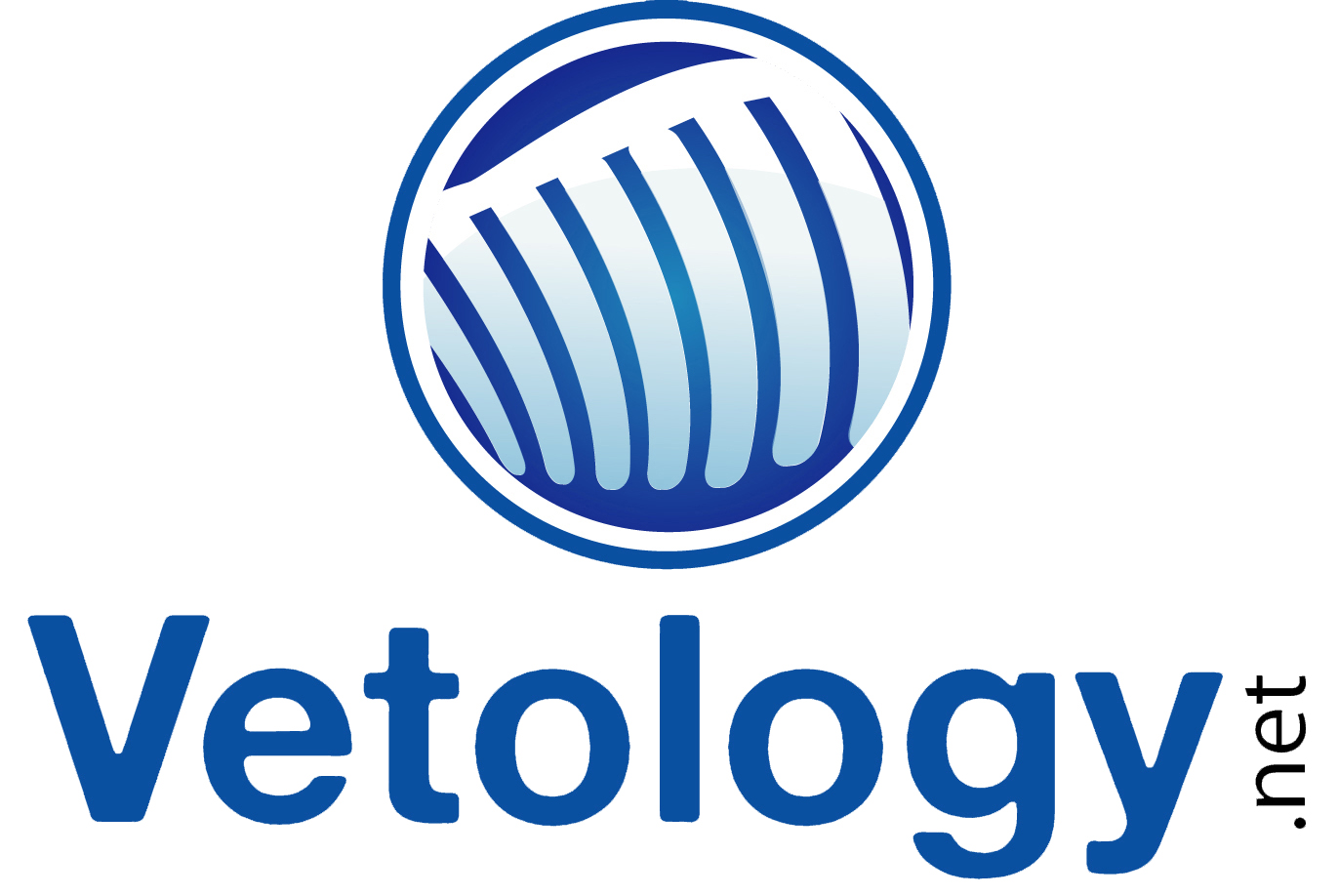
For Immediate Release: 12/27/16
Vetology.net
San Diego, CA.
(888) 416-2124
iThis email address is being protected from spambots. You need JavaScript enabled to view it.
Vetology selected by Microsoft for Bizspark Program
San Diego, CA., Dec. 26, 2016 - Vetology.net received confirmation today that it was selected by Microsoft for the BizSpark program. The Microsoft BizSpark is a global program that helps innovative technologies succeed.
BizSpark is committed to helping technology startups realize their goals on their own terms and in the shortest amount of time. Through BizSpark, Microsoft's goals are to:
- Help innovative software companies gain valuable experience and expertise in Microsoft technologies.
- Help startups establish connections with local and global startup ecosystems - VCs, angels, incubators, accelerators, entrepreneur associations, etc.
- Stimulate vibrant local software ecosystems and promote innovation and inter-operability.
"Being selected by Microsoft for the Bizspark program is such an amazing honor." said Seth Wallack, DVM, DACVR and Vetology.net founder. "We believe Vetology will transform the veterinary industry. It's rewarding to see a company as big as Microsoft supporting the Vetology movement."
Vetology is launching its new One Click Referral® service nationwide. The One Click Referral® service includes a revolutionary system that provides ER facilities with primary care veterinary patient’s lab tests, prescriptions, images and medical histories online, day or night. Vetology.net, a veteran in the veterinary teleconsulting industry, saw the growing need for patient record availability during emergencies.
Vetology.net is a SaaS or Software as a Service product. Other Saas products you may know are Skype® or Google®, where a user can sign up online and immediately start using the product with people in their contact list, or in Vetology’s case, within their network. Additionally, like Skype®, Vetology.net standard accounts are free with add-on features being offered for a monthly fee.
About Vetology.net: Vetology.net is a cloud based, worldwide veterinary teleconsulting and referral communication company based in San Diego, CA. Vetology.net has over 1600 clinics using their system worldwide. Vetology.net is Dr. Wallack’s second teleconsulting platform.
Skype®, Google® and One Click Referral® are registered trademarks of their respective businesses
Conflict of Interest Disclosure: Vetology does not have any conflicts of interest to disclose. Vetology is an independent company, run by veterinarians, for veterinarians. Vetology does not have any outside investment or ownership by a company or corporation involved in owning or partial ownership in veterinary hospitals (general or specialty) or veterinary lab services.
Enhancing RDVM communication has become a HUGE priority for Specialty Hospitals. However, when most embark on this journey, they don't know that patient data can now be automatically pulled into online referral forms and what information to return to the RDVM for a recent referral visit hasn't been worked out. Vetology has created a simple Vetology Referral Communication Questionnaire to get you thinking about how to do this.
Here are two tips before your get started;
Tip #1: Have focus group meetings with 10-15 RDVMs asking them what communication(s)/information they want to receive.
Tip #2: Don't send too many communications to your RDVMs. Like you, their days are full. Keep your communications short and pertinent.
Keep these tips in mind when answering. Several questions pertain to sending information. Too many "YES" answers means too many communications. Vetology recommends roughly 3-5 communications per case, more for a more complicated case.
Click Vetology Referral Communication Questionnaire to get started.
Conflict of Interest Disclosure: Vetology does not have any conflicts of interest to disclose. Vetology is an independent company, run by veterinarians, for veterinarians. Vetology does not have any outside investment or ownership by a company or corporation involved in owning or partial ownership in veterinary hospitals (general or specialty) or veterinary lab services.
Interested in improving your communication between your facility and your referring veterinarians and/or pet owners? You’re not alone and it’s a HUGE problem. The 2009 American Recovery and Reinvestment Act set aside roughly $19 billion for human health information technology.
Communication between veterinarians and pet owners is a challenge we all face and has become front and center in veterinary medicine. Proven over and over again, better communication leads to better patient outcomes, increased client loyalty and improved business growth. So it’s easy to see why this topic is important.
For communication solutions, turning to what’s been done in human medicine makes the most sense. As an added bonus, much of what’s been done in human medicine has well defined metrics to show success, failure or somewhere in between, where those who spend time digging around the internet, can come to their own conclusions.
One solution that has been used in both human and veterinary medicine is Patient Portals. By 2012, approximately 60% of human medical providers had a patient portal in place to improve patient communication. Now seven (7) years in, what has the human health information technology learned? What are the pros and cons of a patient portal?
Pro: Increased Administrative Efficiency
While not all aspects of a patient portal are utilized, certain features have shown great benefit. Consultants have pointed to refill and appointment requests as successful aspects of the patient portal in human medicine. Having patients do these online can reduce the number of phone calls in the practice and increase administrative efficiency.
Alethea Turner, DO said,
“Surprisingly, the email has lightened the load, and it has really improved the quality of care, both for the patients and the doctor,” she notes. “It improves rapport and it opens up dialog with the patient.”
Con: Portal Usage
One of the main issues has been patient adoption and ease of use. How many times have you logged in to your patient portal? For the majority of people, the answer is "0". People don’t use portals until they need them and then they can’t remember how to use them.
Seth Eaton had a portal attached to their HER (Health Electronic Record) since 2006 and said,
“At this point, 90% of the practice's patients have a portal account but only a third of those have used the portal in the last year or two. One "functional problem" with the portal is that patients must remember a logon and a password to use it."
Pro: Management of the Chronically Ill Patient
Along those lines, to date, one of the clear benefits to patient portals has been communication with chronically ill patients. A study by Kaiser Permanente of Southern California showed that online patient engagement through portals improved chronic disease management through reminders and asking simple questions.
Con: Data Security Concerns
Opening the door into patient data presents challenges, particularly on the human medicine side. To deal with these concerns, HIPAA regulations have recently been clarified the conditions which patients may access their health information. Other guidelines such as: 1) encrypted data transmission, 2) audit trail and 3) using a secure password for the portal are all recommendations by the US government.
Number 3 above poses its own challenge with password fatigue as more veterinary facilities offer data access between veterinary hospitals. Take for example two different specialty hospitals using a portal to share information with an RDVM. If these separate specialty facilities choose the same communication system, there could be a requirement for the RDVM user to have a separate login and password for each specialty hospital’s system. This can lead to password fatigue and lower adoption rates. It is this author's opinion that having a system which allows users to have a single login to see all information is key to success.
Pro: Complete and Accurate Patient Information
Patient’s ability to identify and bring those inaccuracies up to their doctor on a subsequent visit has led to more complete and accurate patient data, improving the quality of care.
Summary:
Patient portals are in their infancy and will evolve. The useful aspects of patient portals will remain while the other aspects will likely wither away. When thinking about a patient portal for your specialty facility or general practice, keep in mind those things that will achieve your desired goals. The goals of improved patient outcomes, increased client loyalty and improved business growth have been what the US Health market has been focused on. Remember, just creating a login page for your RDVMs or pet owners to view medical records may achieve your desired result in veterinary medicine, but it doesn’t seem to have achieved the desired result in human medicine, as of yet.
References:
What are the Top Pros and Cons of Adopting Patient Portals? Author: Sara Heath. Feb 17, 2016. url: http://patientengagementhit.com/news/what-are-the-top-pros-and-cons-of-adopting-patient-portals
Patient portals: Essential, but underused by physicians. Author: Ken Terry. April 29, 2015 url: http://medicaleconomics.modernmedicine.com/medical-economics/news/patient-portals-essential-underused-physicians?page=full
Next Installment: Steps to get more out of your patient portal.
Author: Seth Wallack, DVM, DACVR
Conflict of Interest Disclosure: Vetology does not have any conflicts of interest to disclose. Vetology is an independent company, run by veterinarians, for veterinarians. Vetology does not have any outside investment or ownership by a company or corporation involved in owning or partial ownership in veterinary hospitals (general or specialty) or veterinary lab services.
Page 2 of 2
Submit a help request
Currently Using Another System? That's OK Vetology is Agnostic and Works with Everyone!
There are no obligations
Help your PRACTICE Grow to it's FULL POTENTIAL!
Act now...
Signup Today

